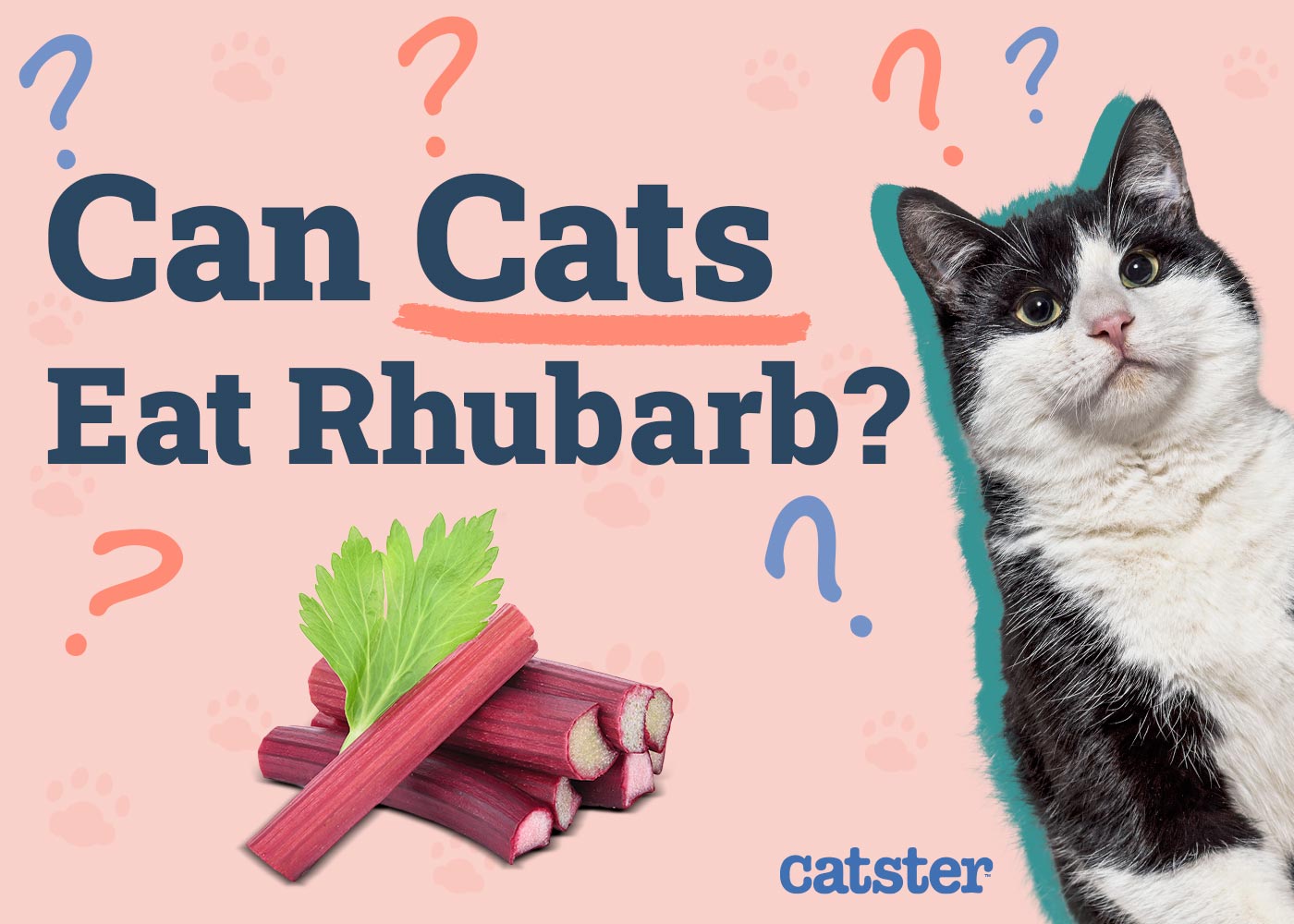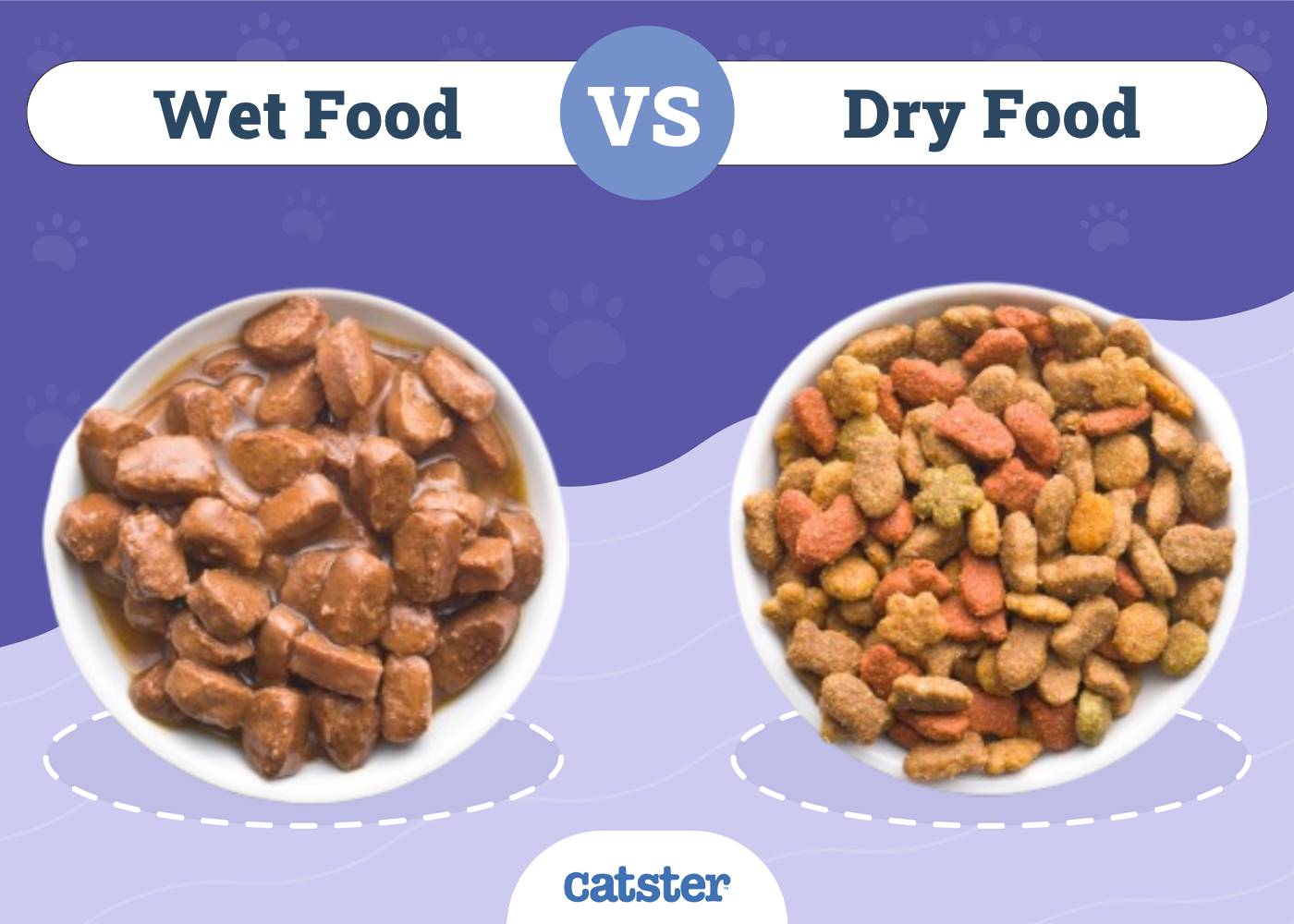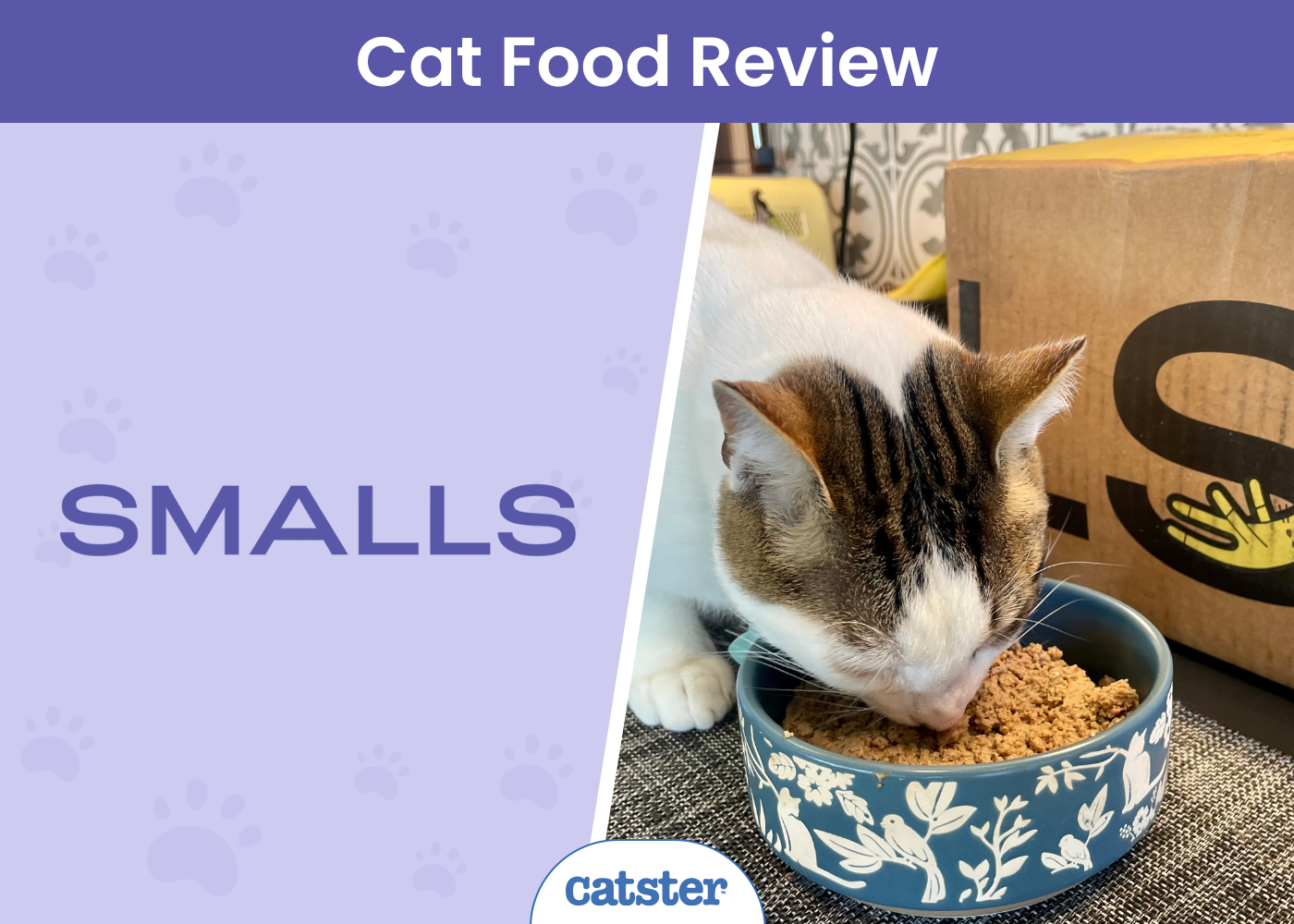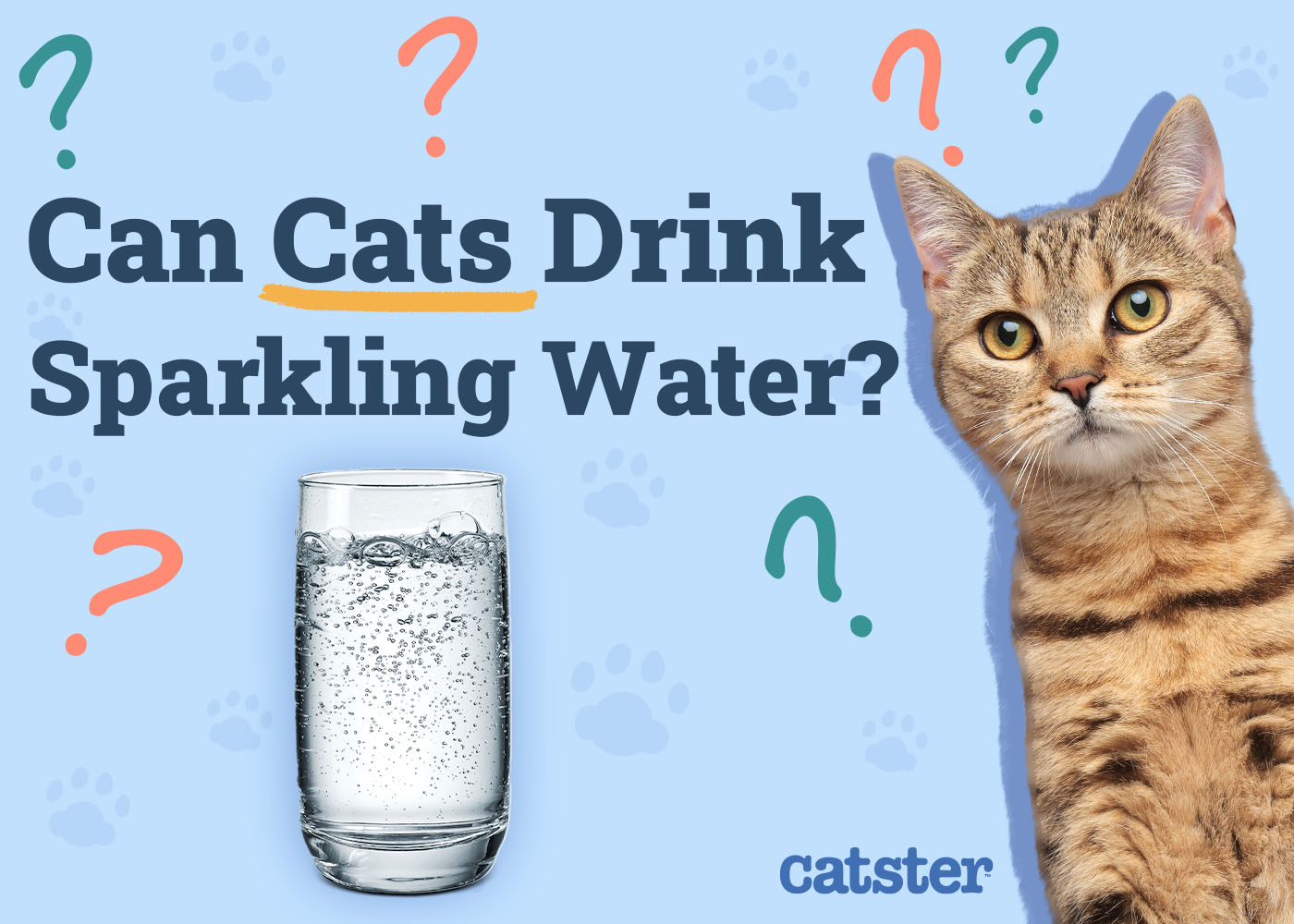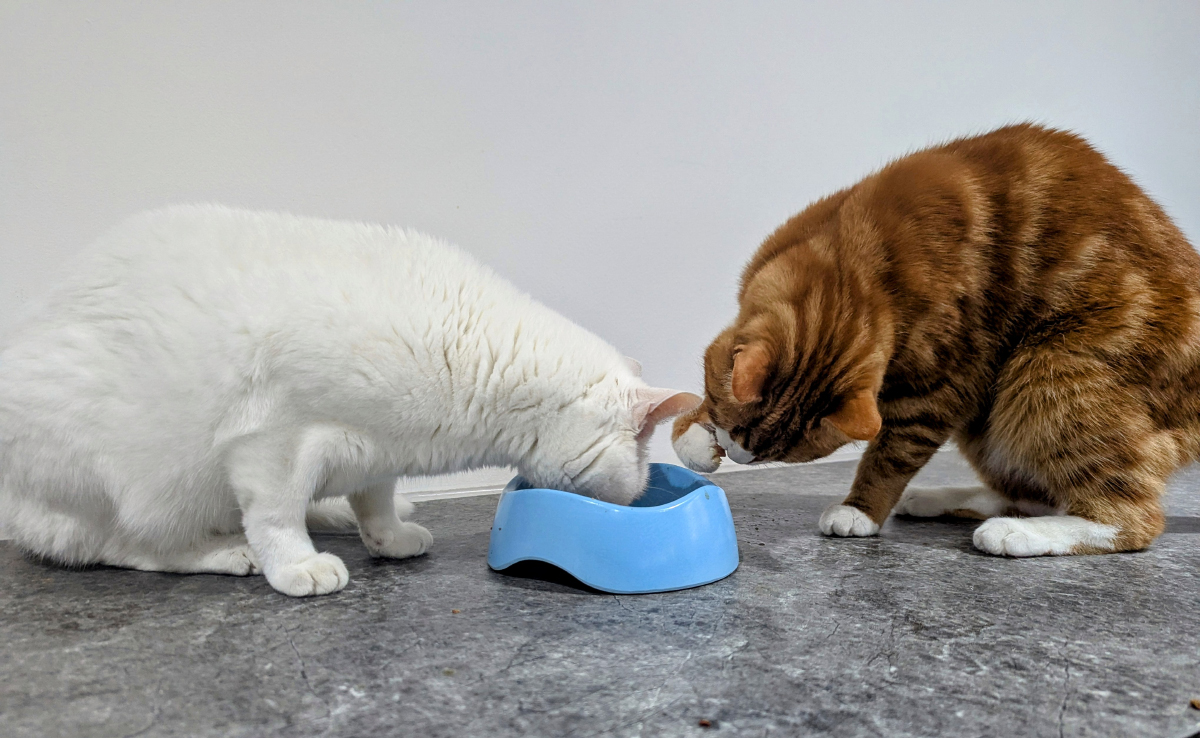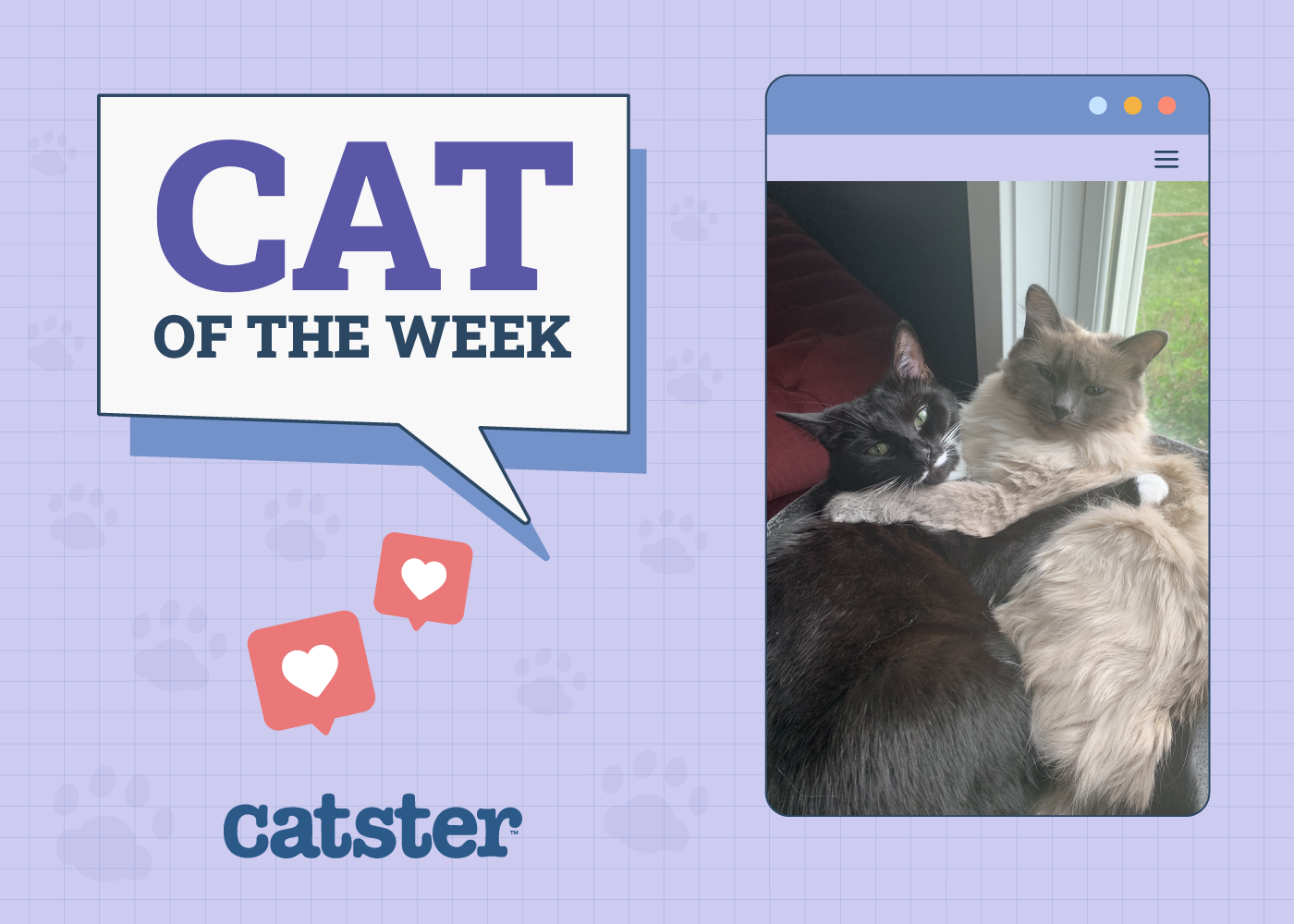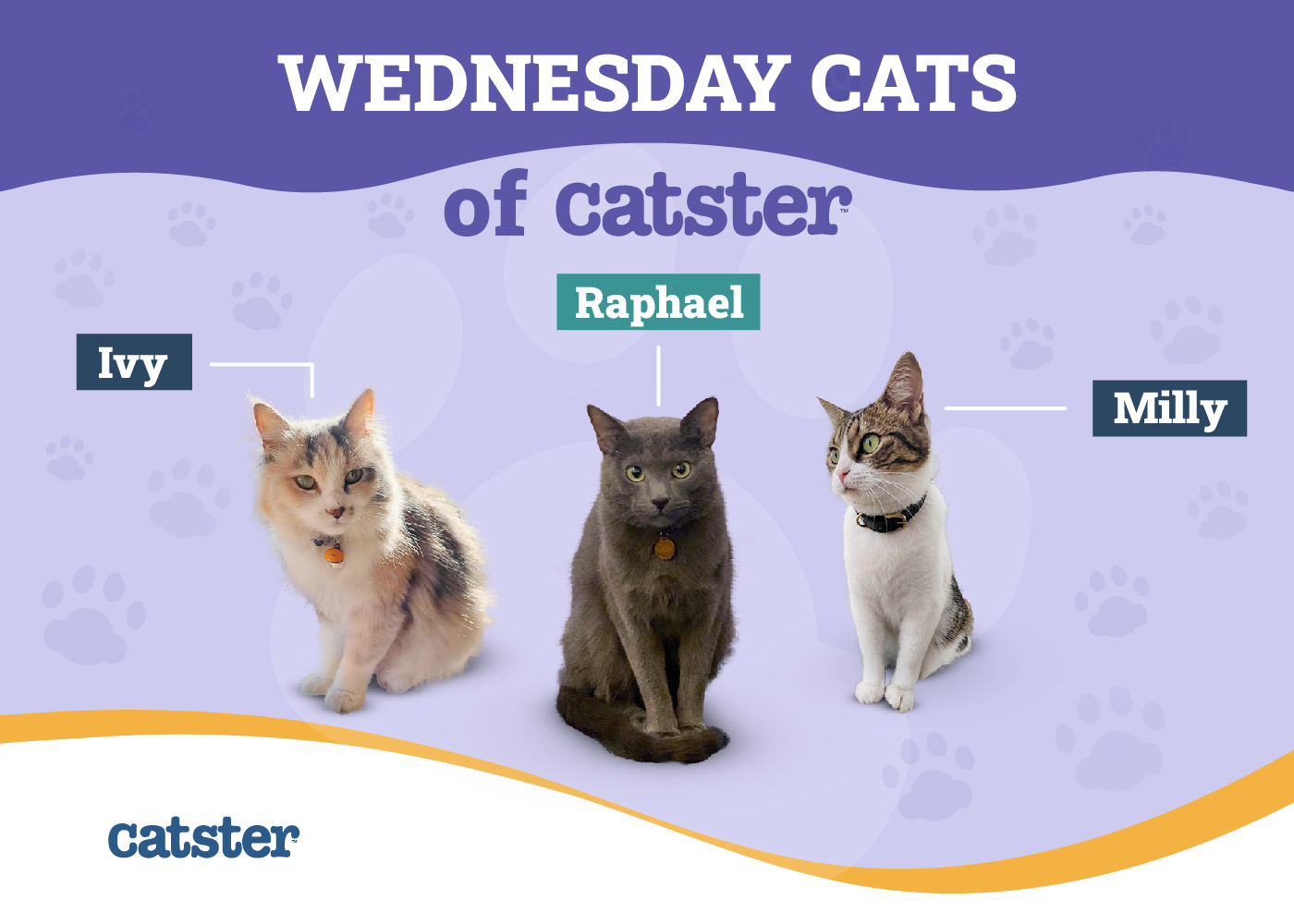Summer is just around the corner. Do you dream of your garden overflowing with rhubarb plants with the intention of creating tasty desserts and jams this summer? There’s not much not to like about this tasty perennial vegetable, but if you have a cat, is it safe to have rhubarb growing in your garden? What if your cat gets into it? Will they be safe?
The answer is simple: no. Both rhubarb leaves and stalks are toxic to cats.
Keep reading to learn everything you need to know as a rhubarb-loving cat owner.

Can Cats Eat Rhubarb?
If you read the introduction, you already know that cats should not eat rhubarb.
Firstly, cats are obligate carnivores, and their digestive systems aren’t designed to break down plant materials. While some plants and vegetables are okay for cats on occasion, rhubarb isn’t one of them.
But this perennial veggie is actually toxic to cats as well as dogs and horses. Rhubarb is very high in soluble oxalates, which are largely concentrated in the leaves of the plant. This is why even we humans don’t eat the green part of rhubarb.
Soluble oxalates get absorbed into the body and then can bind with the calcium in the blood. This will result in the blood’s calcium levels dropping and hypocalcemia (low calcium levels) taking effect.
The good news is that the taste of rhubarb doesn’t interest most cats. Not only are the leaves way too bitter to attract them, but the stalk also isn’t attractive to them, either.
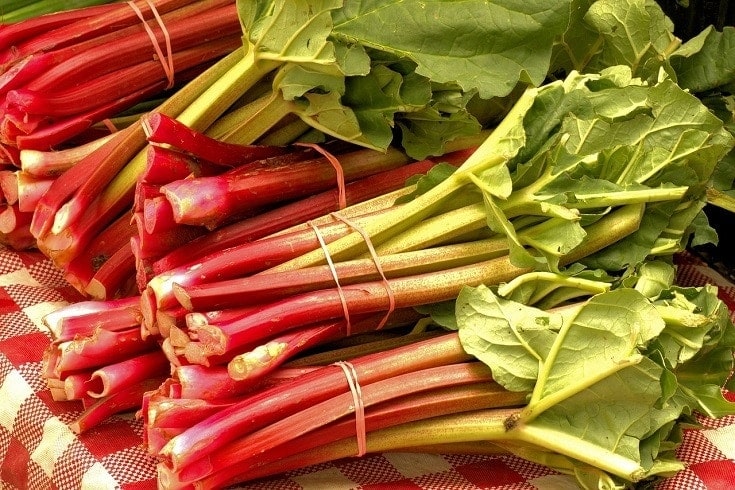
What Can Happen If My Cat Eats Rhubarb?
As we mentioned above, rhubarb can cause hypocalcemia, reducing the amount of calcium in the bloodstream.
- Restlessness
- Stiffness
- Weakness
- Hypersensitivity
- Tremors
- Muscle twitching
- Muscle spasms
- Seizures
If left untreated, hypocalcemia can cause death.
The soluble oxalate crystals in rhubarb can also cause kidney damage, nephrosis, or even cause renal failure.
While hypocalcemia and kidney damage are terrifying, rhubarb-eating cats can also experience less severe side effects such as:
- Vomiting
- Diarrhea
- Throat irritation
- Mouth irritation
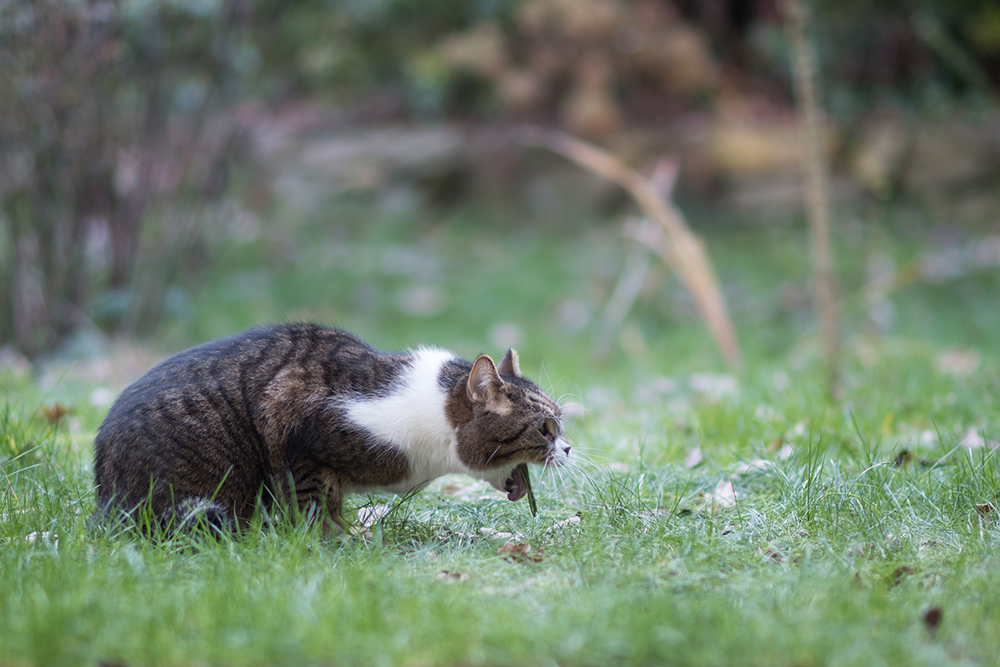
What Do I Do If My Cat Ate Rhubarb?
So, your kitty has become curious about the vegetable in your garden or has shown interest in your rhubarb dessert or jam…now what?
How your cat’s body responds to rhubarb will depend largely on how much they’ve ingested and which part of the rhubarb plant they’ve been eating.
If they only had a small bite of the raw stalk or a nibble of cooked rhubarb, their symptoms will likely be mild. You should be able to monitor and treat these symptoms at home, though we do always recommend reaching out to your vet for advice.
If your cat has eaten the rhubarb leaf, it’s best to immediately contact your vet. They will be able to provide you with advice about what your next steps should be. Rhubarb leaves are dangerous even in humans, so you don’t want to reach out to your vet for help if you know your cat has eaten some of the leaves.

If you need to speak with a vet but can’t get to one, head over to PangoVet. It’s an online service where you can talk to a vet online and get the personalized advice you need for your pet — all at an affordable price!

Are There Veggies That My Cat Can Safely Eat?
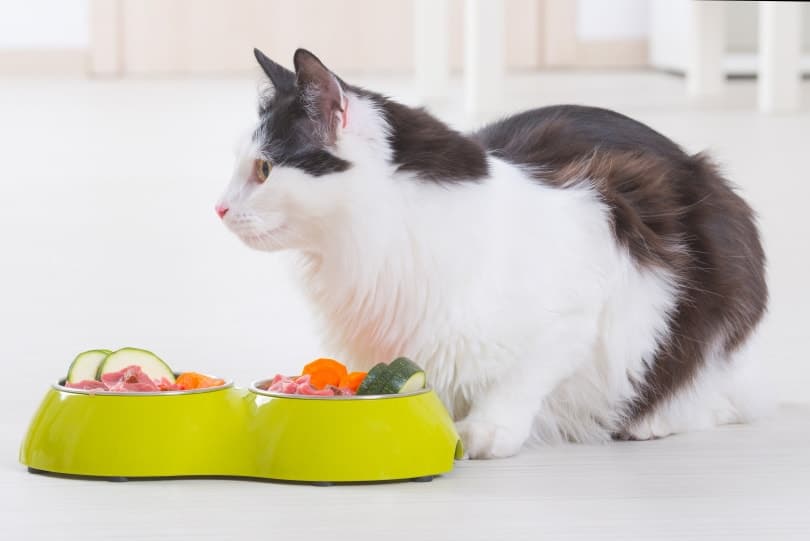
If you want to make your home garden a little more cat-friendly, you might consider growing vegetables that wouldn’t cause harm if your cat were to show interest in them.
- Catnip
- Celery
- Zucchini
- Peas
- Basil
- Carrots
- Cucumbers
- Sweet potatoes
- Broccoli
- Brussel sprouts
- Cauliflower
- Green beans

Final Thoughts
It’s best to keep your rhubarb plants far away from your cats. Even though most kitties won’t go near rhubarb as there’s nothing about its taste or look that interests them, it’s always better to err on the side of caution.
If you must grow rhubarb, plant it in an area of your garden that your cat cannot access. You might need to invest in or build plant protectors to keep curious little kitty noses out of trouble.
See Also:
Featured Image Credit: Nadezhda Nesterova, Shutterstock

